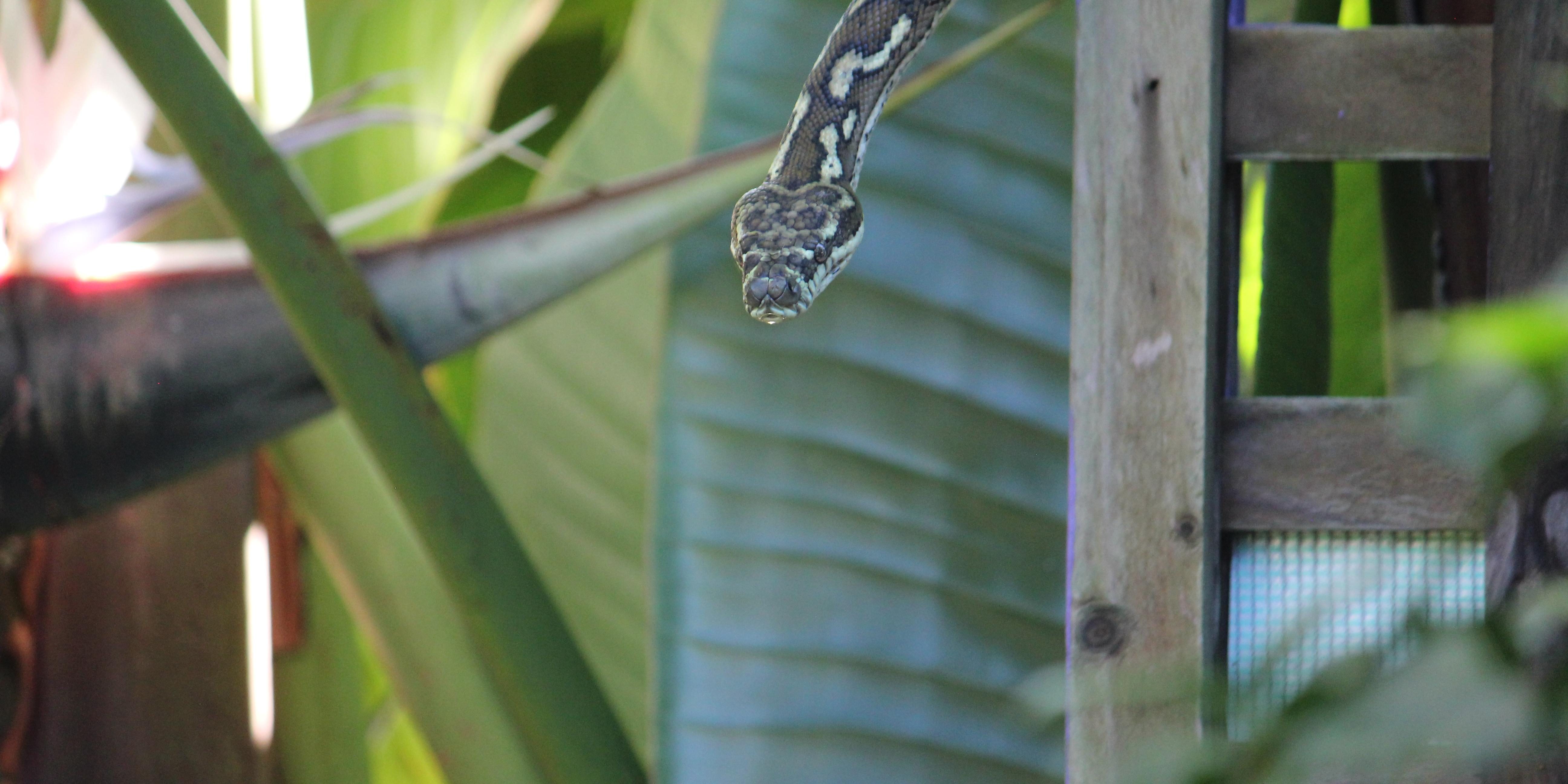There are a number of common venomous snakes found in South Australia, many of which often find their way into residential areas. These snakes pose a danger to residents and can cause anxiety for anyone who suffers from ophidiophobia or herpetophobia, the fear of snakes or reptiles. In this article, we cover the types of snakes and the measures you can take on how to keep snakes away from your house.
Common venomous snakes include the red-bellied black snake, tiger snake, copperhead snake, eastern brown snake and western brown snake. If you live in South Australia it is a good idea to ensure that the entire family is familiar with these and other venomous snakes.
Snakes do not make a habit of seeking out humans for an attack, so not seeing a snake is when you are in the most danger. A snake is most likely to strike when they are threatened or feel like they are unable to escape. That means that cornering a snake is never a good idea.
Urban Areas & Snakes
While most wild animals do not generally choose urban areas as suitable habitats, some snakes are very comfortable setting up home in and around South Australian homes. Human habitats provide ample close to ground cover for snakes in a number of ways. Wood heaps and rubbish piles are two of the most common hiding places for urban snakes. They may also hide out in corrugated roofs and other roof spaces.
Urban areas also provide a rich diet for common South Australian snakes. Small animals such as rats and mice are an ample food source for snakes, as are smaller species of reptile. Many of the species that snakes dine on in South Australia are prevalent and an important part of the ecosystem, providing snakes with an ample food source.
 Snake Havens – How To Keep Snakes Away From Your House
Snake Havens – How To Keep Snakes Away From Your House
You can never make your South Australian home and property completely snake-proof, but there are safety measures on how to prevent snakes from entering your house and reducing the risk of snake bites.
If your property provides an open invitation to take up residence, you are much more likely to have problems with snakes. By taking steps to eradicate hiding spaces and cutting off their food source, snakes will go to another location that offers what they need to survive.
The first step is to keep your home and property clear of rubbish and clutter. Make sure that any containers are sealed, avoid leaving boots outside, and take sufficient steps to insulate your home against entry by snakes. As mice and rats are a large part of the snake’s diet, anything you can do to reduce their numbers will force snakes to look for an alternative food source elsewhere.
Snake Handling
It is essential that every member of your household knows what to do if a snake is found. Snake handling, in this respect, has more to do with avoiding getting bitten as opposed to physically handling a potentially venomous snake. When you encounter a snake, clear the area of pets, children and anyone else who really doesn’t need to be there. It is, however, a good idea to have another adult nearby in case you do get bitten.
Make sure you know where the snake is at all times; or, at the very least, know approximately where the snake made its escape. You should then immediately enlist the help of a DEWNR licensed snake removal service.
A licensed snake removal service will have qualified handlers who are familiar with different species of snake and the appropriate way to handle them. The two main ways to find licensed snake-handling services quickly are via the Yellow Pages website, or by calling the DEWNR Fauna Permit Unit on (08) 8124 4972.
If you or someone else is bitten by a snake that you suspect is venomous, call 000 for an ambulance right away.







